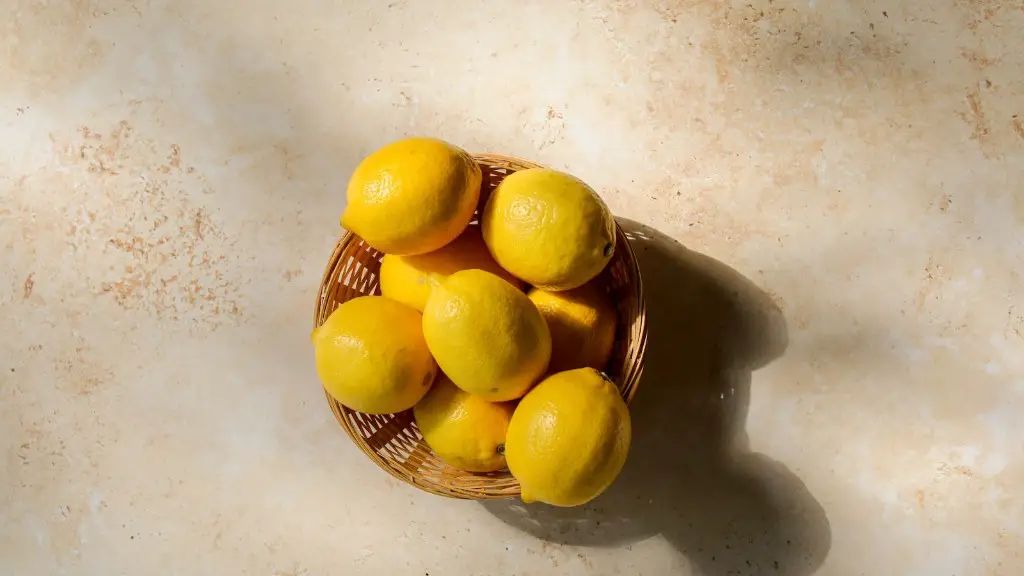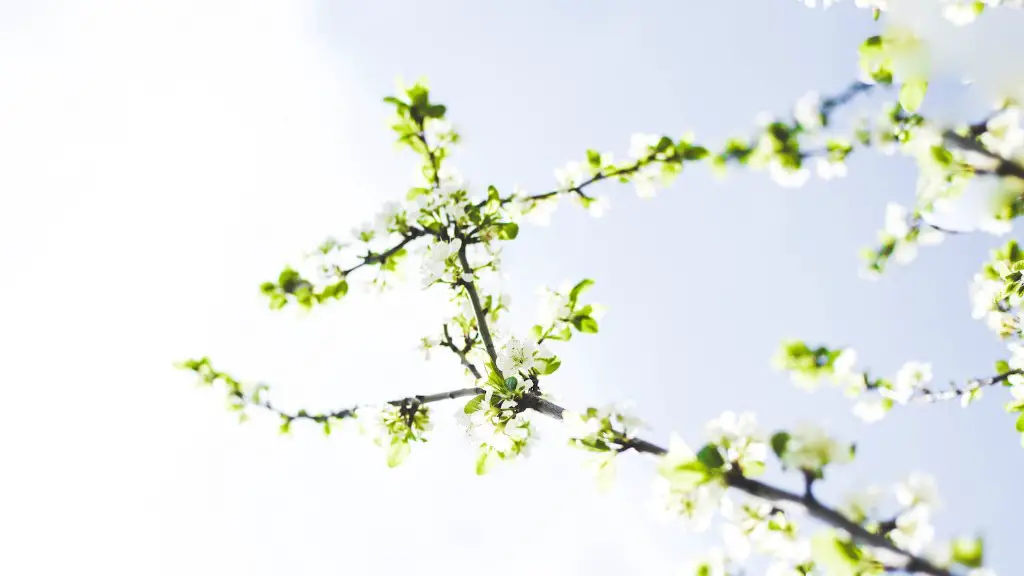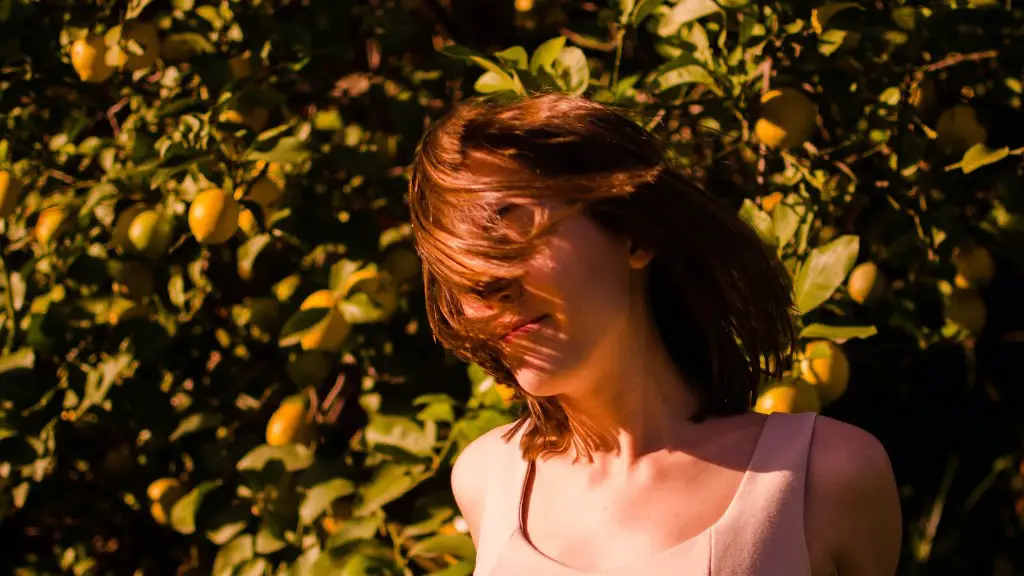Growing Meyer lemon trees indoors is both a rewarding and challenging process. The Meyer lemon tree will thrive indoors, gaining abundant, sweet lemons when adequately provided with sun and fertilizer. Though they tend to be relatively low-maintenance, they must be fertilized in the early months of growth and regularly given the precise amount of sunlight to optimize the process. Learning how to adequately provide a Meyer lemon tree with the required amount of sun for optimal growth and development will ensure success in cultivating healthy fruits.
Meyer lemon trees require sunlight to produce flowers and fruit. With a deficiency in light, the tree can produce undesirable fruit and cause stunted growth. You will have to provide 6-8 hours of direct sunlight – especially when the tree blooms and develops fruit. Plant the tree near a south-facing window and turn it 90-degrees every 2-3 days to ensure equal growth, as the sun follows a path across the sky. To obtain the best growth results and abundant lemon production, natural sunlight is essential, and supplemental grow lights are only recommended if the sun’s intensity is too weak or not available at all.
Be aware that extreme sunlight can damage the Meyer lemon tree, causing sunburn on both the tree and fruit. In climates that experience intense heat in the summer months, the tree should be placed outside in a shady area before 12 pm and moved back inside after 4 pm. Shade cloths and tarps should also be used outdoors to provide adequate shade for the tree, especially when placed during prolonged periods of time.
Providing adequate sunlight for the Meyer lemon tree is just the beginning in maintaining a healthy tree. The treerequire regular pruning, repotting, and ample water. Prune the lemon tree in late winter or early spring. Rather than cutting a branch in one fell swoop, make several small cuts across the limb. Repot in the spring just before the tree blooms and move the tree at least one size up every 2-3 years. Adequate water is essential as well. Keep the potting soil moist but not soggy. If the soil is too wet or too dry, the tree can suffer.
Though the Meyer lemon tree can be a challenge to maintain, offering the proper amount of sunlight is one sure way to ensure an abundant and flourishing tree. Meyer lemon trees require 6-8 hours of direct sun – especially during blooming and fruit production. Supplimental grow lights should be used if natural sunlight is not available. In hot climates, extreme sunlight can damage the tree so be sure to provide excellent shade in the summer months. With the proper amount of sun and the recommended care given, you’ll be savoring delicious, fresh lemons from your Meyer lemon tree in no time.
Prune the Meyer Lemon Tree
Providing your Meyer lemon tree with the precise amount of sun for optimal growth and development is essential for a successful harvest. While natural sunlight is ideal, supplemental indoor lights or artificial ones can be used when real sun is lacking. Be mindful of hot temperatures in your area, as too much sun can damage the tree. Shade it properly if it must be outdoors for extended periods to protect it from the caustic rays. In addition to sunlight, Meyer lemon trees require regular pruning to stay healthy.
Prune the lemon tree in late winter or early spring, making shallow cuts instead of deep ones to avoid shock or stress. New growth will follow quickly when pruning is done properly. Cut branches down to desired size and trim off any dead foliage or branches. Internal prunings can also be done, cutting and clearing away thickets of internal branches to promote more growth outside the tree. Heavy pruning and cutting can be done occasionally to help the tree stay vigorous and healthy by shaping it, though light pruning should always be done.
Prune the Meyer lemon tree for two reasons. The first is for encouraging fresh new growth and the second reason is for removing dead and dying foliage. When pruning occurs, it’s important to constantly monitor the Meyer lemon tree for new growth. The pruning of the Meyer lemon tree should be done initially when you first purchase the tree, and then it should be done regularly on an annual or bi-annual basis. If a strong, healthy lemon tree is desired, pruning it regularly is essential.
Water the Meyer Lemon Tree
When growing a Meyer lemon tree indoors, adequate sun, pruning and watering are essential elements of tree health. When sunlight and pruning requirements are consistently met, the following should be considered: the amount of water to be supplied to the tree. All living things need water to survive, and Meyer lemon trees are no different. To ensure a healthy lemon tree, water must be given on a consistent basis.
Watering a Meyer lemon tree does not simply involve pouring water over the tree and at its base every so often. This approach is inefficient and incorrect. To properly water the Meyer lemon tree, monitor the pots surface moisture. Dry soil indicates the tree needs watering, while moist soil indicates the tree is adequately hydrated. If the soil is dry to the touch, water the tree thoroughly every 7-10 days. No water should sit at the bottom of the pot. Also, good drainage is necessary, as too much water can be equally damaging.
Though the tree should be watered consistently, never allow the potting soil to be soggy; let it moderately dry out before taking it for the second time. During hot summer months, trees should be watered more often than usual. Fertilizer should eventually be added about 3-4 weeks after the tree has been transplanted to get it growing. Watering should be done thoroughly every 7-10 days, depending on factors like temperature and location of the tree in the place.
Proper Fertilization of the Meyer Lemon Tree
Fertilization is essential for the growth and development of any tree, and the Meyer lemon tree is no exception. Fertilizing the Meyer lemon tree is essential to ensure its growth and development, while also ensuring a bountiful harvest of sweet lemons. Without proper fertilization and nutrients, the tree will produce fewer fruit and experience slower growth and development.
Fertilizing is easy and simple to do. A general-purpose citrus fertilizer should be used, that is high in nitrogen, phosphorous, and potash. Fertilize the Meyer lemon tree about 3-4 weeks after planting for the first time, and then twice more in the first year. For future years, fertilize the tree twice per year: once in March and again in August. Through fertilization, you’ll be able to support and promote root, stem, and leaf growth, leading to an abundant harvest of sweet lemons.
Prior to fertilizing the Meyer lemon tree, water the tree thoroughly. This helps the tree absorb the fertilizer. Scatter the fertilizer around the tree’s base and spread it evenly, avoiding the tree’s trunk. If any fertilizer ends up on the tree’s trunk, wipe it away with a damp cloth. Fertilization is essential for the growth and development of the Meyer lemon tree, and can be done quickly and easily when done properly.
Protecting the Meyer Lemon Tree From Pests and Disease
Pests and disease can quickly wreak havoc on a Meyer lemon tree. Unfortunately, due to the tree’s warm and moist environment, it is prone to a variety of pests and diseases. To avoid the possibility of pests and diseases, one should thoroughly inspect the tree for any signs of infection and distress. Pests and disease can rapidly take over the tree and destroy its health, limiting crop size, stunting growth, and more.
If you opt to grow the tree outside, keep it as safe from insects as possible. Insects can quickly and easily move from plant to plant, destroying the tree in the process. Additionally, use all-natural insecticides such as herbs, garlic, and other all-natural products to keep pests and disease at bay. If you decide to use store-bought insecticides, be sure to read the label to ensure it’s safe to use on citrus trees.
There are also numerous diseases that can affect the Meyer lemon. Diseases such as root rot, powdery mildew, and citrus blight can cause damage to the tree and its fruit. Inspect the tree regularly for signs of infection and treat the tree promptly if signs of infection or damage are seen. Treat the tree with a spray of soap and potassium bicarbonate mix, which can help reduce the population of infections, while also stopping them from spreading to other citrus trees.
Harvesting Meyer Lemons
When the time comes for harvesting Meyer lemons, ripeness indicators should be looked for. Under most circumstances, Meyer lemons will ripen in the spring to late summer months. Depending on the variety of Meyer lemon, the fruit may reach maturity during other months as well. When harvesting, avoid pulling the fruits from the tree as this may damage the limbs and twigs. Instead, use clippers or a knife when possible.
Ripe fruit lies between golden yellow to deep orange. The fruit should have a fragrant smell and the rind should yield slightly when pressed. Fruits that have slightly green hues may ripen fully when harvested, though those will be used for culinary preparations rather than fresh juice and eating purposes. Furthermore, overripe fruits will lose their tartness and become more sweet.
Typically, the Meyer lemon can be harvested throughout it’s entire ripening period. However, be sure to harvest the lemon gently and without forcefully plucking from the tree. As the Meyer lemon ripens, it will become vulnerable to small creatures, so be sure to harvest them at their peak ripeness. Furthermore, inspect the fruit carefully for signs of disease or pests; any affected fruit should be discarded as to not contaminate other ones.
Storing Meyer Lemons
Storing Meyer lemons can be difficult due to the thin skin of the fruit. Be sure to store the Meyer lemons in a cool, DRY place, such as the fridge. In contrast, never refrigerate unripe lemons as the environment may discourage their ripening. Meyer lemons that are freshly harvested will stay fresh for up to two weeks when stored correctly. In contrast, Meyer lemons stored at room temperature can stay fresh for one week.
When storing in the fridge, wrap the Meyer lemon in a paper towel and place it in a plastic bag. It is also important to separate them from other fruits and vegetables, as some fruits emit a type of hormone that hasten the ripening of the Meyer lemon. Additionally, ensure the plastic bag does not have any type of opening, as this may attract bacteria to the fruits.
Overall, the Meyer lemon tree is a great addition to both home and garden alike. If given the correct sun, water, and pruning, the Meyer lemon tree can become a harvesting powerhouse. Be sure to inspect the tree regularly for pests and discolored foliage. Also be sure to water on a consistent basis, while also providing the necessary fertilizer to the tree. Through these practices, Meyer lemons can easily be harvested and enjoyed whenever desired.



